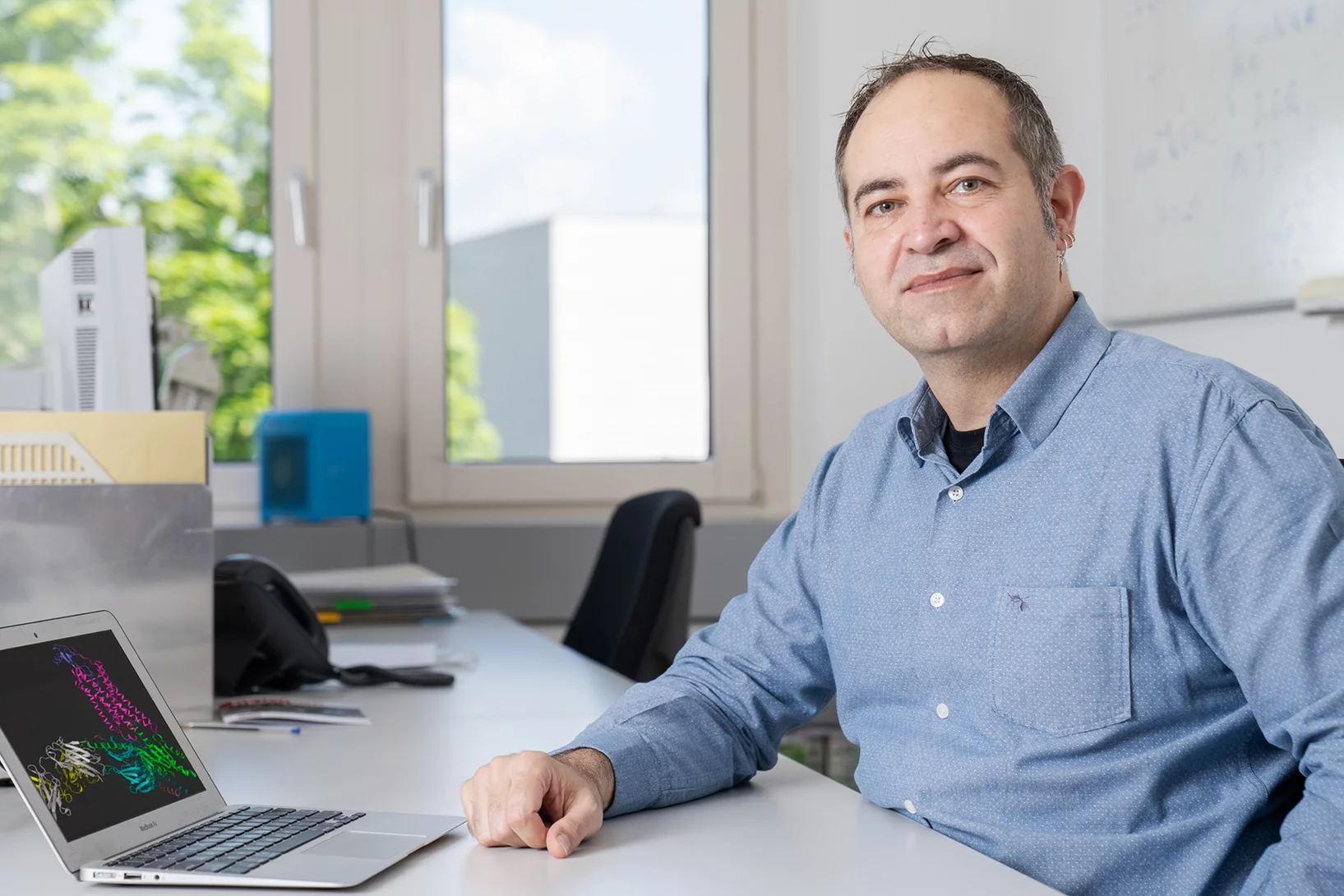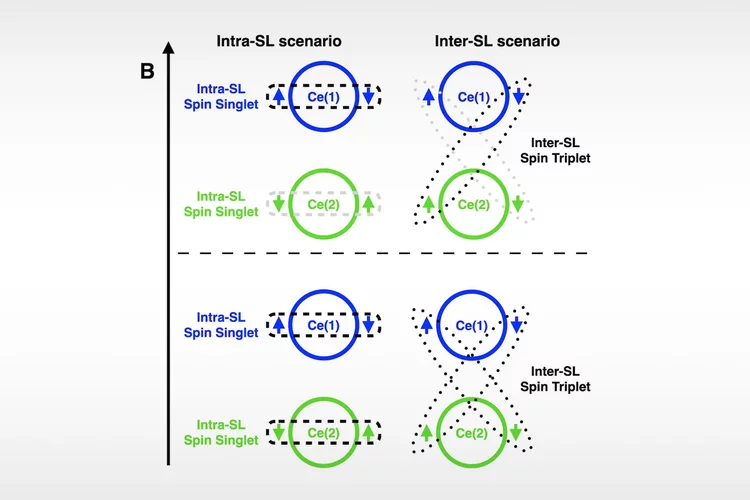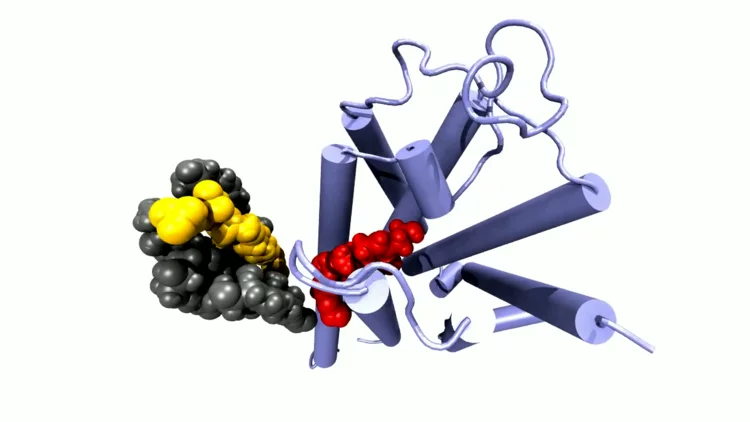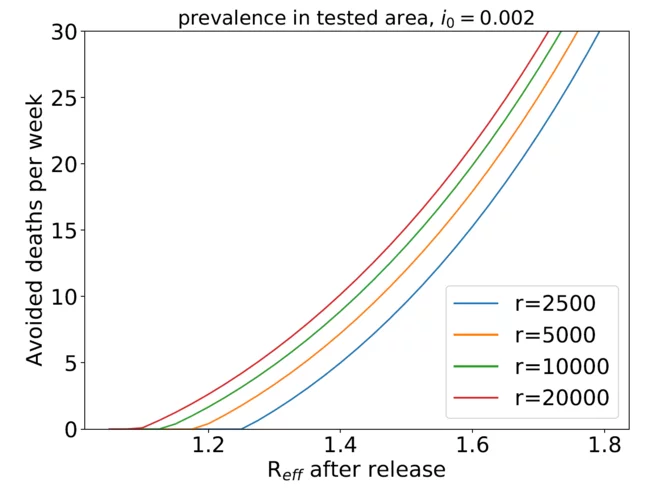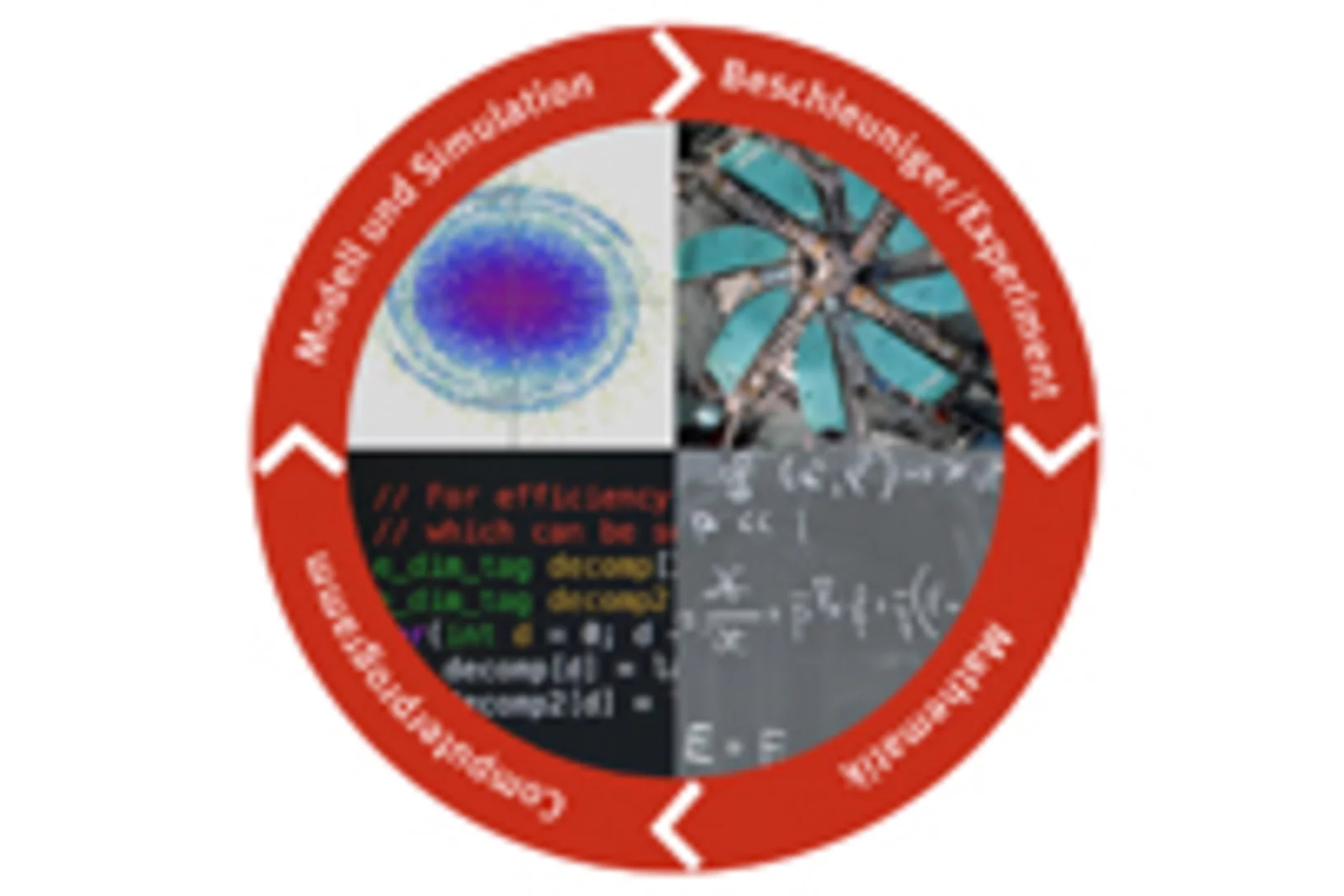Show filters
MARVEL team wins inaugural PRACE HPC Excellence award
The first ever PRACE (Partnership for Advanced Computing in Europe) HPC Excellence Award has been awarded to a team led by Professor Nicola Marzari, head of Theory and Simulation of Materials at EPFL's School of Engineering and Materials Simulations at PSI, and director of NCCR MARVEL. The € 20,000 award is given to “an outstanding individual or team for ground-breaking research that leads to significant advances in any research field through the usage of high-performance computing”, and recognizes the team’s effort in the discovery and characterization of novel two-dimensional materials.
Plus vite et intelligemment
Le PSI regroupe son expertise en matière d'évaluation des données de recherche dans la nouvelle division de recherché Calcul scientifique, théorie et données.
Deep learning to avoid weather disappointments
Saharan dust storms played havoc with weather predictions. Invertible neural networks to retrieve aerosol properties from light scattering data may help.
Superconducting qubit first success at Quantum Computing Hub
Andreas Wallraff talks about moving in, refrigerators and measuring the first superconducting qubit at the ETHZ-PSI Quantum Computing hub.
Une nouvelle division de recherche au PSI ouvre la voie à l’avenir des données
Le PSI fonde la nouvelle division de recherche Calcul scientifique, théorie et données.
Comment fonctionne l’activation des cellules immunitaires
Le récepteur CCR5 aide à guider les cellules du système immunitaire vers les foyers d’infection. Un consortium de chercheurs a déchiffré son processus d’activation.
Two scenarios for superconductivity in CeRh2As2
CeRh2As2, a nonsymmorphic heavy fermion material, was recently reported to host a remarkable temperature versus z-axis magnetic-field phase diagram with two superconducting phases. In this material, the two inequivalent Ce sites per unit cell, related by inversion symmetry, introduce a sublattice structure corresponding to an extra internal degree of freedom. In this work, we propose a classification of the possible superconducting states in CeRh2As2 from the two Ce-sites' perspective.
Regarder les protéines des récepteurs se courber
Les récepteurs couplés aux protéines G servent de médiateurs dans l'organisme. Dans une interview Ramon Guixà explique comment il donne vie aux molécules réceptrices à l'écran.
Nouveau plan de construction pour des ordinateurs quantiques plus stables
Des chercheurs du PSI ont montré comment des bits quantiques plus rapides et plus précis peuvent être créés. Leurs idée centrale est d'introduire de manière ciblée des atomes magnétiques de la classe des terres rares dans le réseau cristallin d’un matériau.
Benefit of random testing
With the imminent relaxation of socio-economic restrictions, it becomes vital to assess its effect on the prevalence of acute infections within the population, as rapidly as possible. Currently available monitoring instruments for the COVID-19 pandemic have an inherent time delay of about 14 days, as they rely on confirmed infections, hospitalizations, and death numbers. These methods give Reff(t) (the number of infections caused by a single infected person), but their delay is a significant disadvantage when restrictions are released. If after relaxation, Reff(t) rises above 1, one will not be able to react adequately before two weeks have passed during which time the prevalence could significantly rise. Here, we propose the use of random testing to shorten this reaction time, by obtaining direct and modeling dependent information on Reff(t). Through random testing of between 2500 and 20000 people per day, we find that over periods significantly shorter than two weeks, it becomes possible to detect a dangerous increase in Reff with reasonable confidence.
La simulation: le troisième pilier de la science
Des chercheurs de l’Institut Paul Scherrer PSI simulent et modélisent de grandes installations de recherche, mais aussi certaines expériences, par exemple en sciences des matériaux et en sciences de la vie. Andreas Adelmann, chef du Laboratoire de simulation et modélisation, explique comment ils procèdent.
Modéliser et simuler: un bon retour sur investissement
En combinant théorie, modélisation et calculs à haute performance, les chercheurs du Laboratoire de simulation et modélisation de l’Institut Paul Scherrer PSI résolvent les problèmes les plus complexes. De puissants ordinateurs leur permettent de simuler aussi bien les molécules les plus minuscules que les grandes installations de recherche.






